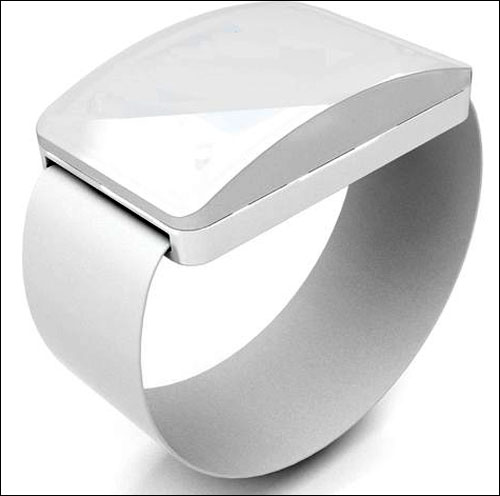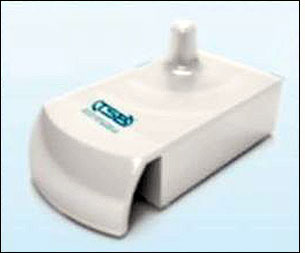Oct 03, 2012Spain's University Hospital of Valencia (La Fe) is employing a real-time locating system (RTLS) to track patients and assets throughout its 260,000-square-meter (2.8 million-square-foot) facility, and to allow staff members to identify patients via mobile carts with built-in RFID readers. The technology was provided by MySphera, a division of the TSB Group. The solution provides the hospital with a view into the locations of both patients and assets, in order to improve the quality of care provided, by making it faster and easier to locate equipment, patients and personnel, as well as safer, since it also helps ensure that every patient receives the proper medication or other care intended for that individual, thereby reducing the risk of errors.
La Fe, one of the nation's largest hospitals, monitors as many as 1,500 patients at any given time using MySphera's RTLS solution, known as SpheraHospital, which features battery-powered RFID tags attached to assets and patient wristbands. Each tag transmits a unique ID number every two seconds via a 2.4 GHz signal. That signal is received by fixed beacons to determine the tag's location, and by mobile beacons connected to computers, which then display information about the patient wearing that tag. According to Serafin Arroyo, MySphera's marketing director, SpheraHospital utilizes ZigBee technology—based on the IEEE 802.15.4 standard—that provides a lower-cost option than many other active RTLS solutions, and does not interfere with the hospital's existing wireless transmissions, such as Wi-Fi.

In selecting the technology, says Pilar Raro, the hospital's research and development strategy director, La Fe sought a method for improving clinical processes and eliminating the opportunity for mistakes—for example, providing the incorrect type of blood transfusion, surgical procedure or medication. La Fe also wanted staff members to have quick access to the tools they required at any given time, particularly in the event of a medical emergency.
When it comes to tracking patients, the system is designed to improve the efficiency of patient care, thus ensuring that hospital management knows the type of care that each patient has received, and thereby what he or she still may require. The hospital intends to improve its patient throughput within areas such as its operating rooms. By tracking a particular patients' location, the system ensures that when an OR is no longer occupied, the staff can be alerted to begin preparing it for the next patient.
The system also includes approximately 82 mobile beacons, each plugged into a USB port of a computer mounted on a nurse's cart. The mobile beacon captures the ID numbers of nearby patient tags and displays each individual's data on the computer screen so that health-care personnel can immediately confirm a patient's identity, and ensure that he or she receives the proper treatment. For example, a health-care provider attempting to prepare a blood transfusion for the incorrect patient (which could be a deadly error) would be able to view the mistake before it could occur, since the cart computer would indicate which patient was within read range, and display that person's specific care requirements.
To date, La Fe has applied SpheraHospital RFID tags to about 1,000 assets, such as wheelchairs, portable ultrasound machines, defibrillators and portable X-ray equipment. When employees require a piece of equipment, they can simply access the server and use the SpheraHospital software to identify the location of the closest item being sought. This reduces the amount of time that workers would otherwise spend walking hallways and throughout rooms seeking equipment to service patients.
"Basically, the ROI, at the beginning, is more easy to understand in terms of location of assets," Raro states. "With the system, we could locate faster any device needed, and also we could avoid losses." These losses result from items being removed from the hospital due to theft, or from being misplaced or hoarded, thus forcing the facility to order a replacement. Although the solution could not actually prevent a theft, she notes, it could indicate when such a crime occurred, along with where that asset was last seen, thereby helping the hospital to identify any staff members who could be held responsible. "Another aspect [related to ROI]," Raro adds, "is the clinical safety in many processes—avoiding possible adverse events regarding patient identification."


